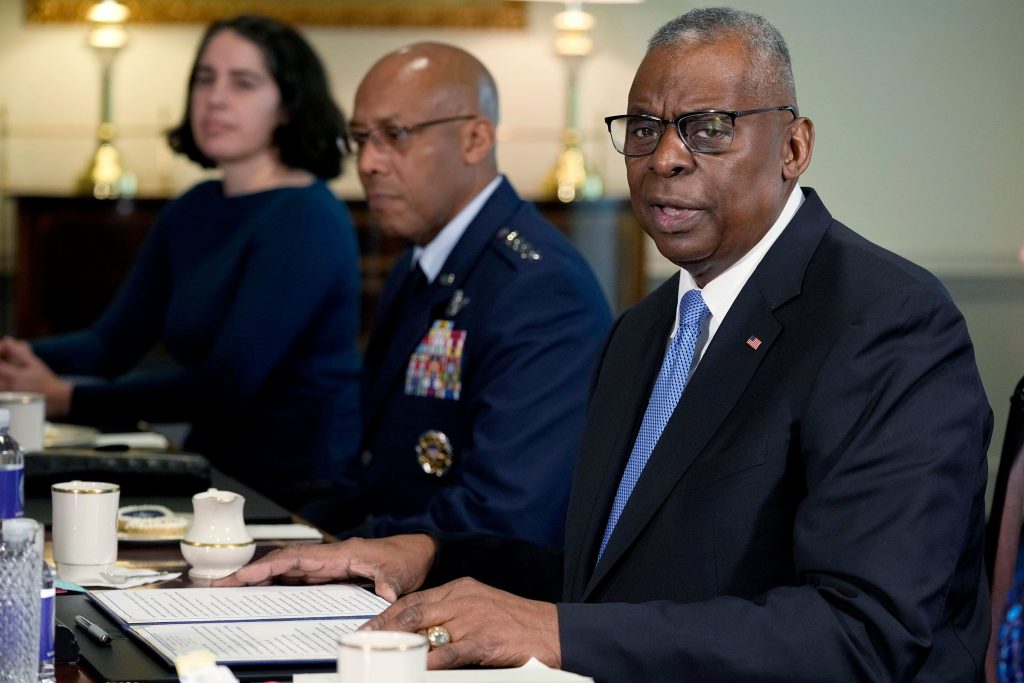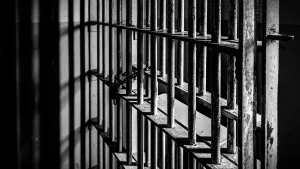By Natasha Bertrand, Oren Liebermann and Haley Britzky, CNN
(CNN) — The drone that killed three US Army soldiers and wounded dozens more in Jordan on Sunday approached the US military outpost, Tower 22, around the same time an American drone was returning to the base, which led to uncertainty over whether it was hostile and caused a delay to the US response, two US officials told CNN.
The enemy drone followed the American drone as it approached, but it is not clear whether the enemy drone intentionally followed the American one or if it was a coincidence, one of the officials said. US officials are also still assessing the enemy drone’s point of origin.
The Wall Street Journal first reported the confusion over the enemy drone.
The three US soldiers killed in the attack were identified Monday as Sgt. William Rivers, 46, of Carrollton, Georgia; Specialist Kennedy Sanders, 24, of Waycross, Georgia; and Specialist Breonna Moffett, 23, of Savannah, Georgia, according to the Defense Department.
They were all assigned to the 718th Engineer Company, a US Army Reserve unit based out of Fort Moore, Georgia, Pentagon Deputy Press Secretary Sabrina Singh said at a briefing.
Singh said more than 40 were injured in the attack, a number that could possibly continue to increase.
Singh said on Monday that eight personnel who were medically evacuated were taken to Baghdad Diplomatic Support Center. Three of those service members will be transported to Landstuhl Regional Medical Center for follow-on care and the other five are expected to return to duty after being assessed for mild traumatic brain injuries. A US official previously told CNN that all eight had been evacuated to Landstuhl.
The attack on Sunday marked a significant escalation after roughly 165 attacks on US and coalition forces since October 17, further raising concerns over a broader conflict breaking out in the Middle East while the US and its allies navigate rising tensions on multiple fronts. A US official told CNN that there have been six attacks since Friday, including Sunday’s drone attack and a multi-rocket attack on Patrol Base Shaddadi in Syria on Monday morning.
While Iran-backed militia groups have launched continuous attacks on US and coalition forces in Iraq and Syria — leading to one serious injury and dozens of others that officials have described as fairly minor — the US has also been taking action against the Iran-backed Houthis in Yemen for their attacks on commercial shipping. Meanwhile, Israel is continuing its campaign in Gaza against Hamas, and launching attacks on Hezbollah in Lebanon.
The consensus is that an Iran-backed militia group is behind the deadly drone attack, though the US is still working to determine which group specifically is responsible. National Security Council spokesman John Kirby told CNN’s Phil Mattingly on Monday that the White House believes “the group was supported by Kataib Hezbollah, which is one of the main IRGC Revolutionary Guard-core backed groups in Iraq and Syria.”
“This one had lethal consequences in ways that previous ones didn’t,” Kirby said, “but that doesn’t mean that the intent of the previous attacks weren’t also lethal, it’s just that we were able to defeat them.”
The US has already struck sites in Iraq associated with the group in recent weeks, and earlier this month targeted a member of the group that a US official said had “US blood on his hands.”
On Monday morning ahead of a meeting at the Pentagon with NATO Secretary General Jens Stoltenberg, Defense Secretary Lloyd Austin expressed his “outrage and sorrow” over the deaths of the three American troops.
“Let me start with my outrage and sorrow for the death of three brave US troops in Jordan, and for the other troops who were wounded,” Austin said. “The President and I will not tolerate attacks on US forces, and we will take all necessary actions to defend the US and our troops.”
Austin was back at the Pentagon for the first time since his procedure on December 22 to treat prostate cancer, and his subsequent hospitalization in early January. He said Monday that he feels “good” and is “recovering well, but still recovering.”
Stoltenberg followed Austin’s remarks also expressing his condolences for the loss of the three US soldiers, and those who were wounded.
“[T]his demonstrates once again the risk that servicemen are exposed to and they stand up for our values and take part in missions, operations where we protect freedom and the values we all believe in,” Stoltenberg said.
Republicans in Congress have demanded stronger action by the Biden administration in response to the death of US soldiers, with some calling for direct attacks inside Tehran.
Sen. Roger Wicker, the highest-ranking Republican on the Senate Armed Services Committee, called for action “directly against Iranian targets and its leadership” in a statement on Sunday. Sen. Tom Cotton, who also sits on SASC, said that the “only answer to these attacks must be devastating retaliation against Iran’s terrorist forces, both in Iran and across the Middle East.”
Kirby said Monday that Biden is “working his way through” the options ahead of him.
The-CNN-Wire
™ & © 2024 Cable News Network, Inc., a Warner Bros. Discovery Company. All rights reserved.






More Stories
Increase in older Bajans being diagnosed with asthma
Guyana: Man jailed for life raping 9-year-old
More than just copyright